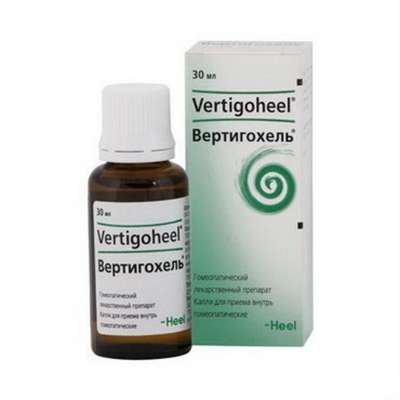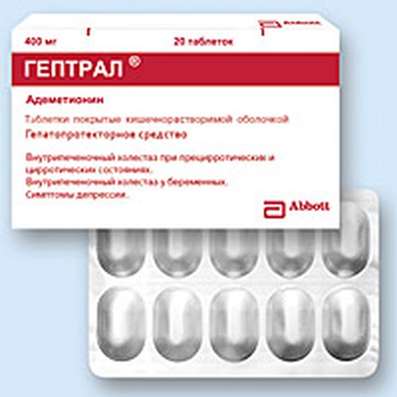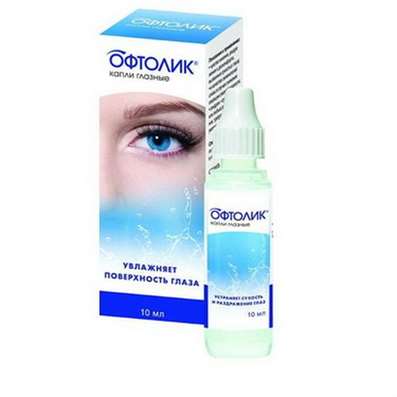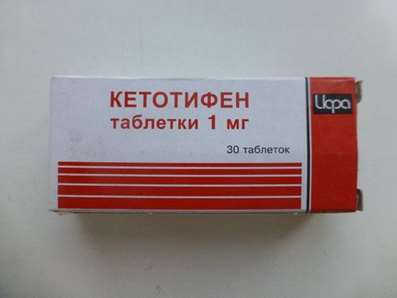Instruction for use: Tormentillae rhizoma
I want this, give me price
Pharmacological group
Other gastrointestinal agents
Nosological classification (ICD-10)
J03 Acute tonsillitis [sore throat]
K05 Gingivitis and periodontal disease
Gingivitis, Inflammatory Gum Disease, Inflammatory diseases of the oral cavity, Hyperplastic gingivitis, Diseases of the mouth, Catarrhal gingivitis, Erythematous gingivitis, Ulcerative gingivitis, Exacerbation of inflammatory diseases of the pharynx and oral cavity, Bleeding from the gums, Epstein cysts
K12 Stomatitis and Related Lesions
Bacterial stomatitis, Inflammatory diseases of the oral cavity, Inflammatory diseases of tissues of the oral cavity, Inflammatory processes in the oral cavity, Fungal diseases of the mouth, Fungal infections of the oral cavity, Fungal infections and inflammatory diseases of the mouth, Diseases of the mouth, Infectious-inflammatory disease of the oral cavity, Exacerbation of inflammatory diseases of the pharynx and oral cavity, Stomatitis, Angular stomatitis, Chronic recurrent stomatitis, Ulcerative necrotic diseases of the oral mucosa, Ulcerative necrotic gingivostomatitis, Ulcerative stomatitis, Erosive-ulcerative lesion of the oral mucosa, Erosive-ulcerative lesions of the mucous membrane of the oral cavity, Erotic mucous membrane of the oral cavity, Recurrent ulcerative stomatitis
K52 Other noninfectious gastroenteritis and colitis
senile Bowel Syndrome, sigmoid, Gastroenteritis noninfectious, gastroenterocolitis, Colitis, Colitis non-dysenteric, Colitis noninfectious, Colitis is a chronic, Colitis is a chronic non-infectious, Local enteritis, sigmoid noninfectious, Chronic inflammatory bowel disease, Chronic inflammatory disease of the small intestine, Chronic enterocolitis, Chronic atrophic gastroenteritis, Chronic gastroenteritis, Chronic colitis, Chronic enterocolitis, Enteritis, non-infectious enteritis, Enterocolitis chronic noncommunicable, colon disease
K59.1 Functional diarrhea
Diarrheal syndrome, Diarrhea, Diarrhea with prolonged enteral feeding through the probem, Prolonged diarrheam Nonspecific diarrhea, Acute diarrhea, Diarrhea, Syndrome of diarrhea, Functional diarrhea, Chronic diarrhea, Diarrhea with an electrolyte balance disorder, Chronic diarrhea, Diarrhea of non-infectious genesis, Diarrhea after a gastroectomy, Diarrhea in children, Persistent diarrhea, Diarrhea (diarrhea), Enterocolitis of non-infectious origin
Composition
Raw materials vegetable crushed 1 pc.
rhizome rootstocks
Description of dosage form
Pieces of rhizomes of various forms are pinkish brown with yellow, yellowish brown, dark brown, almost black patches, passing through a sieve with holes of 7 mm. The smell is weak, fragrant. The taste of water extract is very astringent.
Characteristic
The rhizome of the tentacle contains tannins, resinous substances, flavonoids, phenolcarboxylic acids.
pharmachologic effect
Pharmacological action - astringent.
Pharmacodynamics
Decoction from the rhizomes of cinquefoil has astringent and anti-inflammatory effect.
Indication
Inside - with diseases of the digestive tract:
diarrhea;
enteritis;
colitis.
Outer - in the form of rinses with inflammatory processes of the oral cavity:
stomatitis;
gingivitis;
angina.
Contraindications
hypersensitivity to the drug.
When administered orally:
pregnancy;
the period of breastfeeding;
children's age (up to 12 years).
Side effects
Allergic reactions are possible.
Interaction
Not studied.
Dosing and Administration
Preparation of broth. 10 g (1 tbsp.) Rhizomes are placed in enameled dishes, poured 200 ml of hot boiled water, covered with a lid and heated in a boiling water bath for 30 minutes, filtered, not cooled, squeezed. The volume of the resulting broth is brought to 200 ml with boiled water.
Inside, 15 ml (1 tablespoon) 3 times a day. The course of treatment - 1-3 weeks.
Outer, for rinsing use a 1 / 2-1 glass. The course of treatment is 2-4 weeks.
It is recommended to stir the broth before use.
Overdose
Symptoms: prolonged use of large doses can cause loss of appetite, constipation.
Treatment: symptomatic.
special instructions
Admission of the drug does not affect the ability to perform potentially dangerous activities requiring special attention and quick reactions (driving and other vehicles, working with moving mechanisms, dispatcher and operator work).
Form of issue
Rhizomes crushed. For 30, 50, 75 and 100 g in a pack of cardboard with an inner bag of PE, an inner paper bag or an inner package of polypropylene.
Conditions of leave from pharmacies
Without recipe.
storage Conditions
In a dry place protected from light.
Keep out of the reach of children.
Shelf life
4 years.
Do not use after the expiry date printed on the package.

 Cart
Cart





